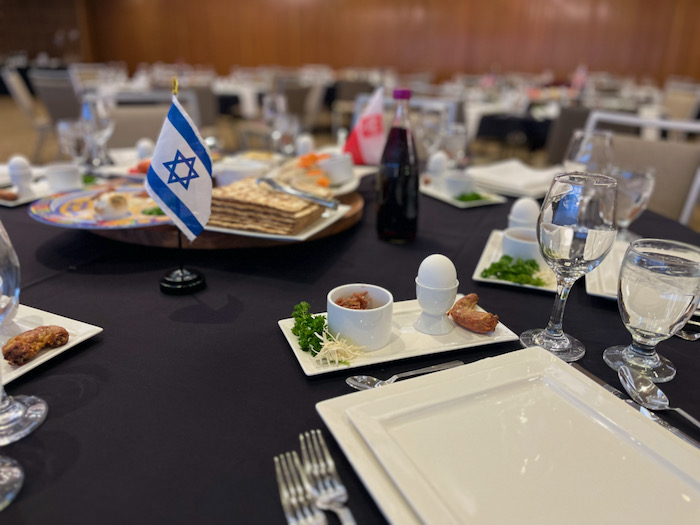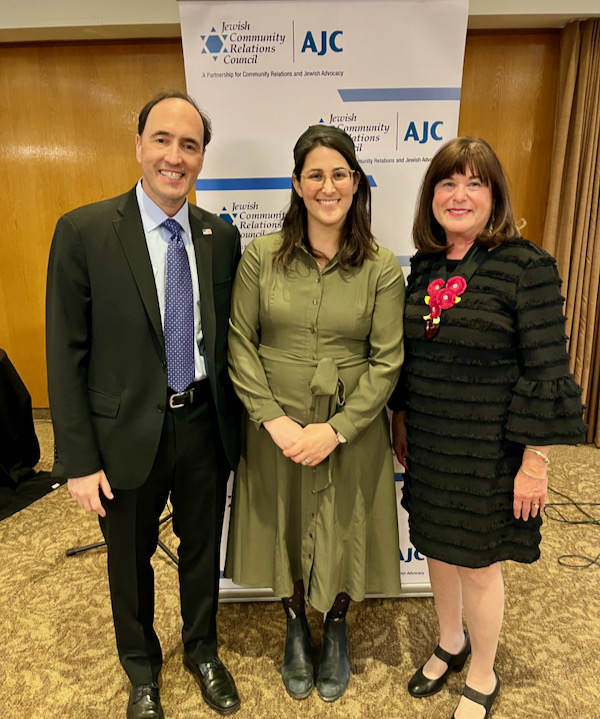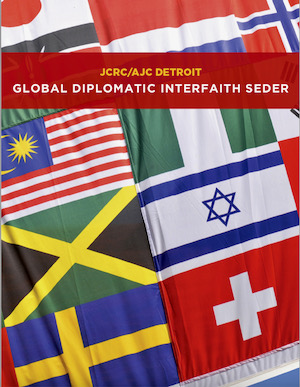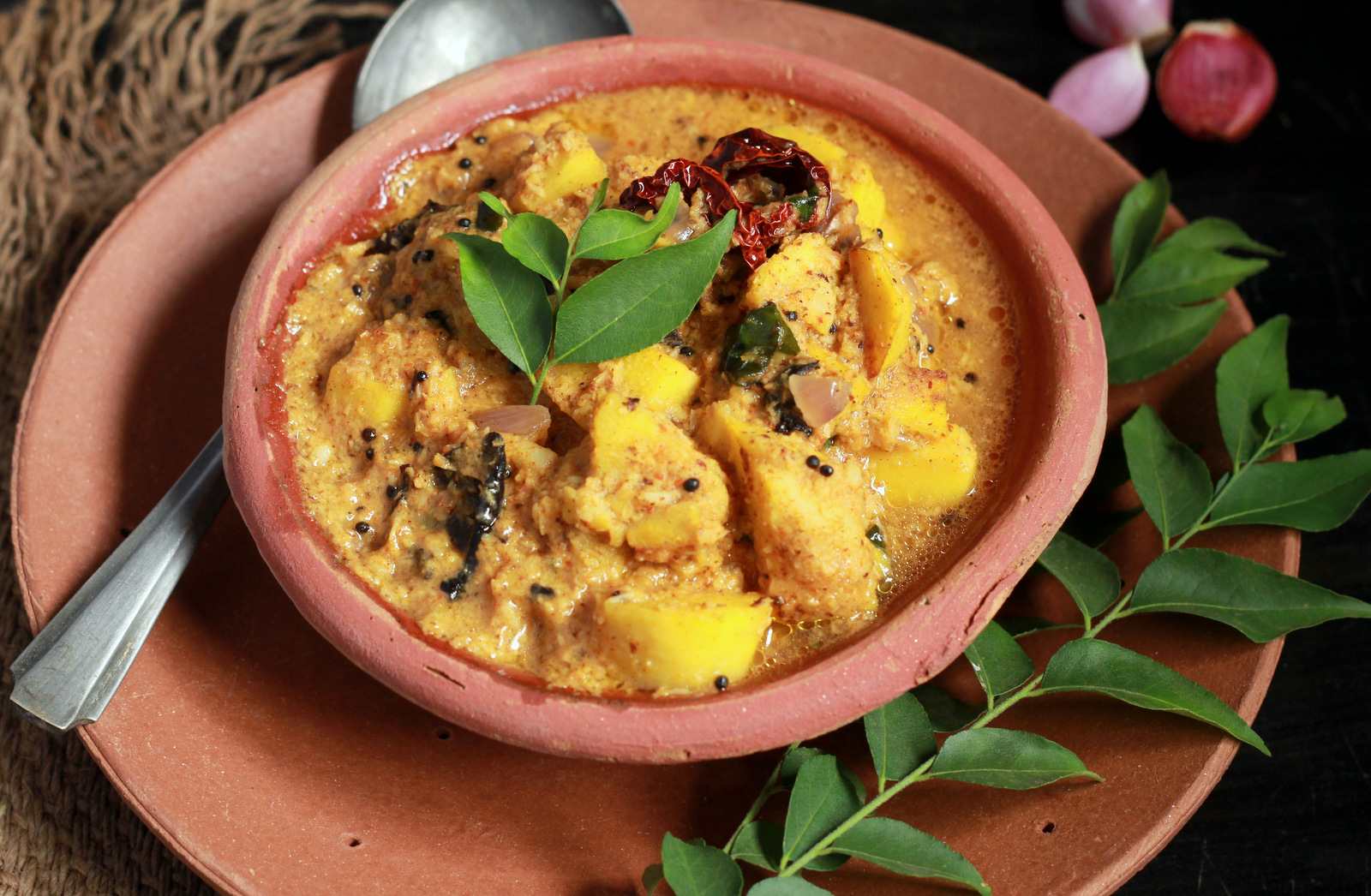
This photograph from the 2023 diplomatic seder, hosted by the JPRC/AJC in southeast Michigan, is used with permission.
‘The message of freedom resonates with all people worldwide.’
SUNSET, WEDNESDAY APRIL 5—That’s when millions of Jewish men, women and children around the world will sit down for seder meals in their homes as the week of Passover begins. However, in March, many Jewish communities are offering their annual “model seders,” versions of the centuries-old seders presented for non-Jewish neighbors to help spread the central theme of religious freedom.
The Washington Post is among the leading news organizations reporting on the dangerous rise of antisemitism in America. The Post reported: “At points in the past half-century, many U.S. antisemitism experts thought this country could be aging out of it, that hostility and prejudice against Jews were fading in part because younger Americans held more accepting views than did older ones. But a new survey shows how widely held such beliefs are in the United States today, including among younger Americans.”
That’s why Jewish groups across the U.S. make an effort each year to invite their neighbors to experience educational versions of the seder, which highlight the ancient story of religious freedom as Moses led his people out of slavery in Egypt.
This week in southeast Michigan, the Jewish Public Relations Council and the American Jewish Committee (JRCC/AJC) held a model seder for religious leaders from other faiths as well as diplomatic officials who represent their nations in Michigan. These guests were welcomed with:
It is with great pleasure and gratitude that we welcome you to our Annual Diplomatic Seder. We are pleased to be joined by representatives of many countries, interfaith partners from across Metro Detroit, young leaders, and our board leadership. Tonight’s Seder once again promises a global experience—one incorporating various texts and customs representing Jewish communities across the world. The message of freedom resonates with all people worldwide. We hope you will enjoy the entire experience, and we encourage you to participate together with your tablemates, asking questions and sharing customs. We look forward to many more shared celebrations in the future.
Similar words of welcome are used at model seders held in communities around the world. By inviting non-Jews into an experience of the seder meal, those friends leave with a fresh sense of how much they share with their Jewish neighbors. They also typically go home with a specially designed Haggadah, the book that guides Jews through the seder each year. In Michigan, that booklet displayed colorful flags from around the world.
This year in Michigan, for example, Michigan-based officials representing the governments of Canada, Norway, Sweden, Japan, Switzerland, Germany, Poland, Italy and Mexico attended the special program. In addition, Christian, Muslim and Hindu religious leaders participated.
Because appreciating diversity is a central theme of these model seders, the Michigan Haggadah closed with a fascinating overview of ethnic variations on Passover practices from around the world. Among those examples:
Destroying Earthenware Dishes—The Jews of Ethiopia strongly identify with the story of Exodus—and indeed, the first of the famous airlifts that delivered them to Israel was actually called Operation Moses. In some Ethiopian families, the matriarch would destroy all of her earthenware dishes and make a new set to mark a true break with the past.
“Whipping” Each Other with Scallions—Jews living in Afghanistan developed the tradition of using scallions or leeks to stand for the Egyptian slavedrivers’ whips, using them to lightly “whip” each others’ backs. Jews have lived in Afghanistan at least since the Babylonian conquest 2,000 years ago, but in 2004 only two Jews were left in the country. It is now estimated that only a single Jew lives in Afghanistan, as the other died in 2005. The largest group of Afghan Jews in the world is comprised of 200 families in Queens, New York.
Re-enacting Crossing the Red Sea—Hasidic Jews from the Polish town of Góra Kalwaria, known as Gerer Hasids, re-enact the crossing of the Red Sea on the seventh day of Passover by pouring water on the floor, lifting up their coats, and naming the towns that they would cross in their region of Poland. They raise a glass at each “town” and then thank God for helping them reach their destination.
Breaking the Matzah into Hebrew Letters—In the Syrian community, the custom of breaking the middle matzah on the seder table into pieces (known as yachatz) can sometimes take on Kabbalistic meaning. Matzah broken into the shape of the Hebrew letters “daled” and “vav” correspond to numbers, which in turn add up to 10, representing the 10 holy emanations of God. Jews from North Africa, including from Algeria, Tunisia, Morocco, and Libya, break the matzoh into the shape of the Hebrew letter “hey,” which corresponds to the number five.
Tossing Pebbles in the Ocean—Among Moroccan Jews, Mimouna is celebrated the day after Passover with a generous feast of baked goods. Some say it marks Maimonides’ birthday, while others link it to the Arabic word for luck. A table is heaped with items symbolizing luck or fertility, many repeating the number 5, such as dough with five fingerprint marks or five silver coins. Fig leaves, live fish, stalks of wheat, and honey might also be included. In some parts of the Moroccan Jewish community, Jews entered the ocean and tossed pebbles behind their backs to ward off evil spirits.

In Michigan, this year’s JCRC/AJCD co-chairs for the diplomatic seder were Howard Brown and Carol Ogusky (left and right). The seder was led by Rabbi Blair Nosanwisch (center) of Adat Shalom Synagogue.
Care to read more?
Howard Brown’s work to combat antisemitism and build interfaith relationships is one of the central themes of his memoir Shining Brightly. It’s also a theme he explores through the media on his website, ShiningBrightly.com
from Religious Holidays https://ift.tt/uZ0OALe

 :: Unlock Your Success with Our Digital Course →
:: Unlock Your Success with Our Digital Course →














No comments:
Post a Comment